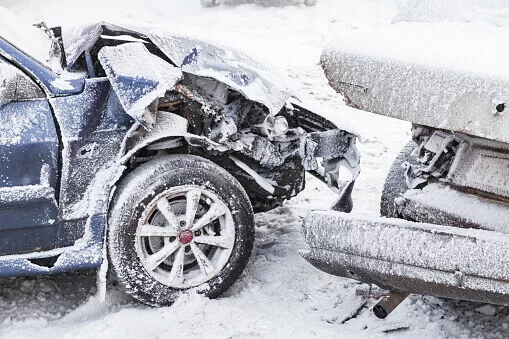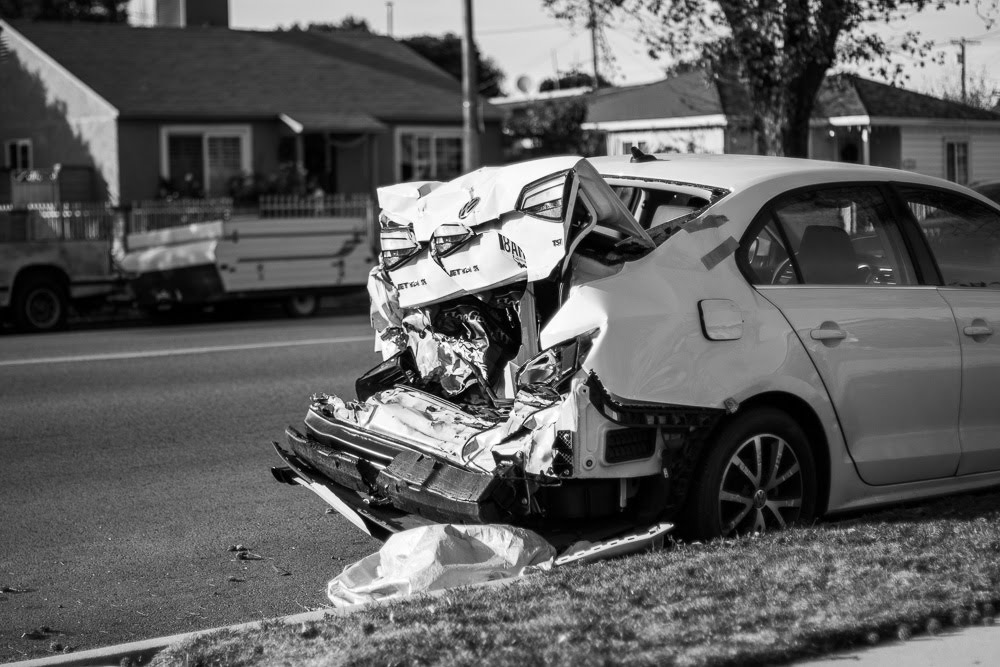Kansas may not get as much snow as some of its neighboring states, but when it does snow here, things can get messy. On average, Kansas receives about 19 inches of snow each year.
Around mid-December, Kansas was among several states in the Midwest to get clobbered with snow and ice, according to The Weather Channel. There were 11 traffic fatalities reported across Kansas, Missouri, and Nebraska.
Several Kansas residents impacted by snow and ice
On the day of the storm, the Kansas Highway Patrol reported approximately 1,182 calls for service, 268 non-injury crashes, 30 injury-crashes, and one fatality within a 24-hour period.
The fatality involved a passenger in a pickup truck that lost control on an icy bridge while merging from southbound Interstate-135 to northbound I-235. The truck reportedly came to a stop after rolling over. The driver was treated for suspected minor injuries at a nearby hospital.
The Kansas Department of Transportation also reports that two of its snowplows were taken out of service after being struck. The trucks were removing snow and ice from the roads during both incidents.
In February 2019, we discussed how the fluctuating weather conditions can take drivers by surprise during the winter months. The number of drivers stranded and injured in the December snowstorm is an example of why it’s important that drivers be prepared for inclement weather conditions.
Tips for staying safe during winter weather conditions
It’s best to avoid traveling altogether during snowy and icy conditions. For those who must travel, however, the National Weather Service in Wichita offers these tips to stay safe when winter weather strikes:
- Accelerate slowly.
- Reduce speed when snow accumulates on roads.
- Use caution when driving in conditions of poor visibility.
- Allow additional time and distance to stop at intersections.
- Be cautious of black ice on bridges and overpasses.
- Never use cruise control on slick roadways.
According to the U.S. Department of Transportation, there are approximately 1.2 million weather-related crashes each year in the United States. Roughly 18 percent of those crashes occur during snowfall or sleet, 16 percent occur on snow-covered roads, and 13 percent occur during icy conditions.
Crashes are often caused by drivers who:
- Drive too fast or slow for conditions
- Drive with poorly maintained tires
- Fail to clear their cars of snow and ice
- Drive recklessly or tailgate
- Navigate curves and turns too fast
Safety should be the number one priority this winter, not speed. Drivers are expected to allow themselves plenty of time to reach their destinations. Should you or a loved one be injured in a crash caused by someone else’s negligent or reckless behavior, Bretz & Young Injury Lawyers urge you to take legal action as soon as possible.
Your medical bills, time away from work, and other damages should not have to be paid out of your own pocket. That’s where our experienced Kansas car accident attorneys come in. Our legal team has dedicated itself to fighting on behalf of injured motorists. To find out how we can help you, contact us online for a free consultation.





